Choosing our 2018 Greyhawk was easy—it offers just enough space for our family, while allowing us to access some hard-to-reach places. Anything smaller and our four kids (who are all under the age of 10 and growing quickly) would’ve been on top of each other. Anything bigger and we might not have been able to explore some of our favorite hidden, remote locations. Our initial plan was to drive out to the middle of the desert in New Mexico, park the RV and explore until we felt compelled to move on. That was three years ago and we haven’t looked back.
WRITE IT DOWN
Soon after we hit the road, I created a little booklet for my kids to write and draw in. It is mostly a collection of facts and statistics about the various states we visit—everything from the state flower and flag to major moments in history that took place there. Any question my kids might have about a place, I have them write it down and then encourage them to find the answer. It becomes almost like a scavenger hunt while we’re there. Over the years, I’ve developed a collection of these booklets that are filled with questions and answers. Not only is it amazing to see how many questions can be asked about a particular place, but it’s also amazing to see how the kids’ writing and critical thinking skills have evolved over time.
LEARN THROUGH FOOD
Another one of our favorite things to do when we reach a new campground or city is to immediately look for signs that will tell us about the local fruits, vegetables and agriculture. Through the lens of food, I’m able to teach my kids about things like weather, geography, even business. For example, while we were touring the Pacific Northwest, we got really into mushroom foraging. My eight-year-old saw a sign on a small café that read ‘We Buy Mushrooms’ and—being the little entrepreneur that he is—he wanted to find some to sell. That kicked off our initial interest in mycology and we’ve been hooked ever since. We’ve learned to identify different species, note which mushrooms are edible and understand why mushrooms are so important in an ecosystem. We use various foraging books, as well as a mycology app to help us identify specific types and how to cook them. Our kids absolutely loved finding the rare chicken of the woods mushroom and then getting to eat it! Experiences like that make the lesson so much more valuable and meaningful.
WHERE ARE WE?
For us, traveling, adventure, and learning are all one lifestyle that perfectly blend together. I had been homeschooling our kids for a few years before we moved into the RV, but this new way of “roadschooling” has been completely unparalleled in the best way. One of my approaches when teaching our kids on the road is to not seek out specific learning opportunities but rather allow the learning to spark naturally and organically. It sounds simple but one of my favorite questions to ask is, “Where are we?” We are constantly surrounded by new things and unknowns, and I want to encourage my kids to stay curious about their whereabouts. Asking a simple question like that leaves much room for interpretation and creativity, and can be answered in many different ways.
Let Your Location Guide You
Because we get to see so many different places and have a lot more flexibility being in the RV, we try to stay open to different teaching methods. We’re not limited to a classroom or a set school schedule, so we don’t always stick to one specific learning style or tool. We adjust how we learn based on where we are. A simple walk through a nearby forest can turn into an “I Spy” or memory game. Collecting shells on the beach can provide a hands-on lesson about ocean tides. Spending the day at a famous battlefield is a great opportunity to write a detailed recap of the visit. What’s important is that we keep the learning interesting. Marrying our own personal interests with learning makes it fun and exciting for the whole family. We are all students. No matter where this journey takes us, we will keep our minds, eyes and hearts wide open.

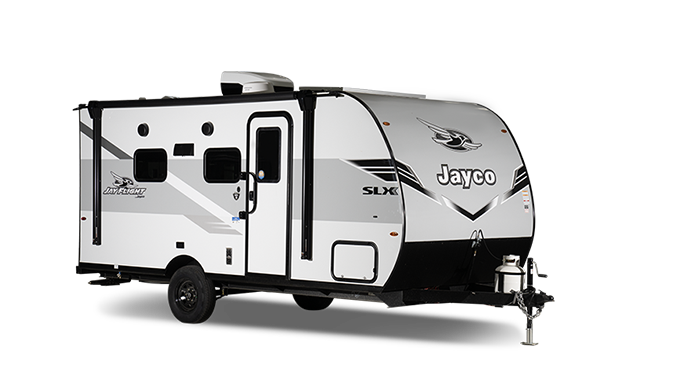
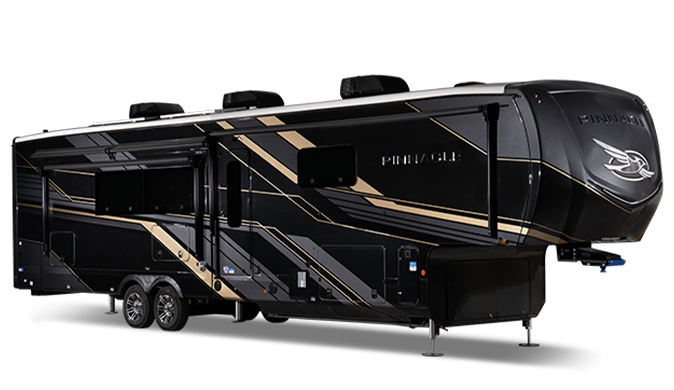
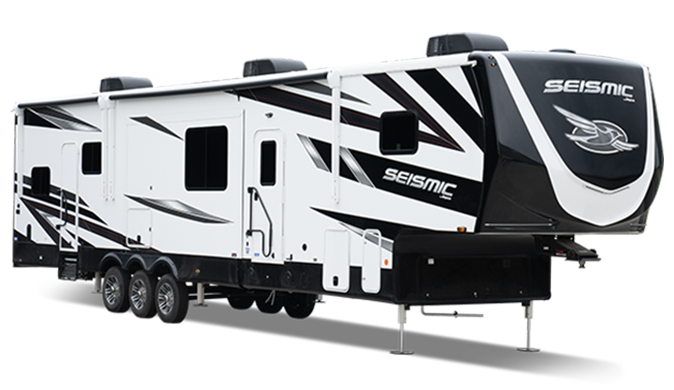
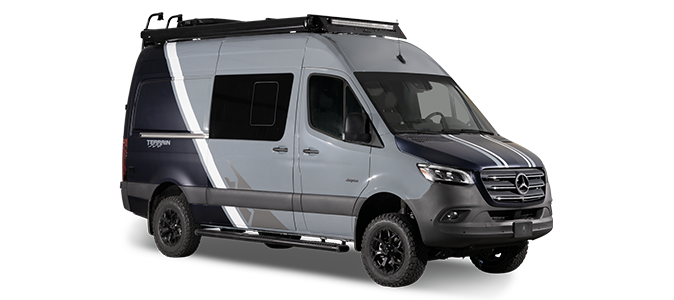
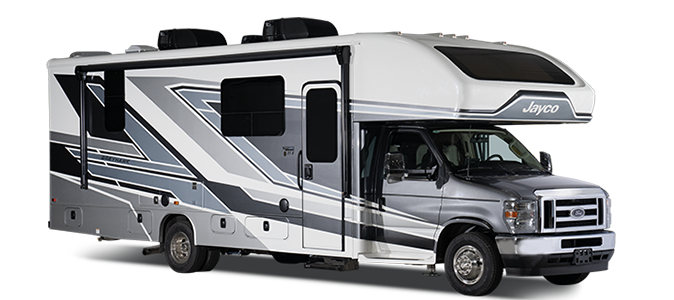
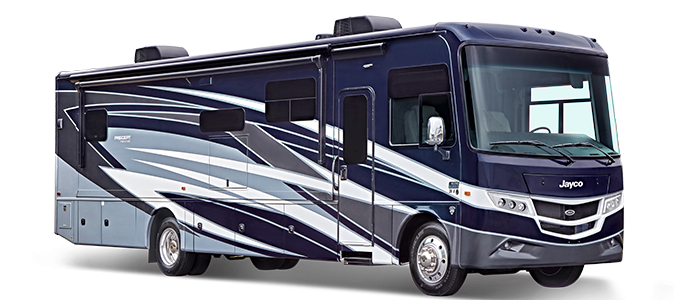
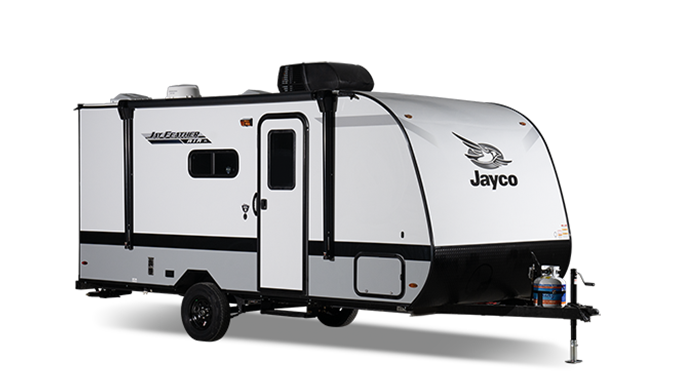


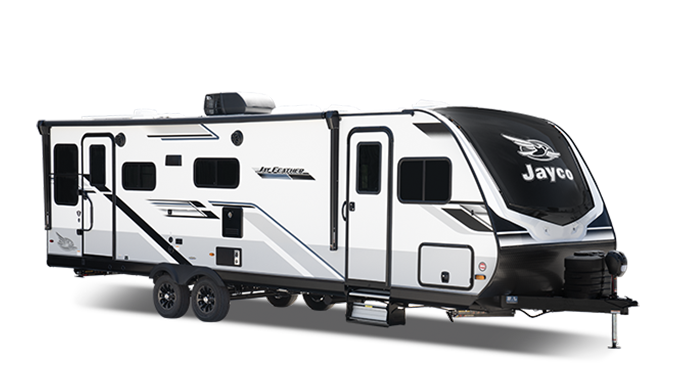
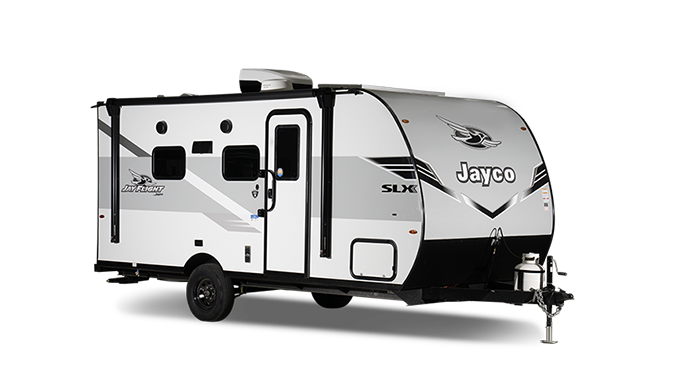
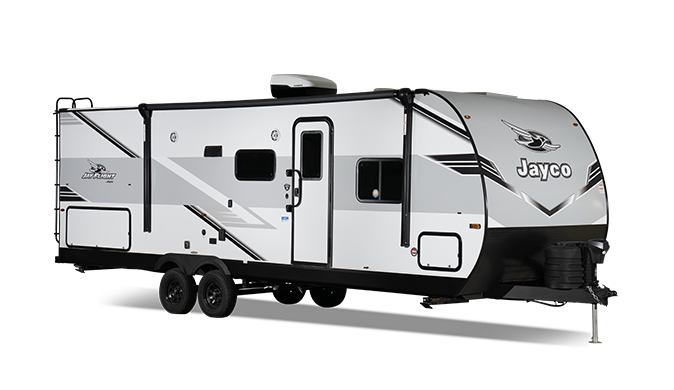
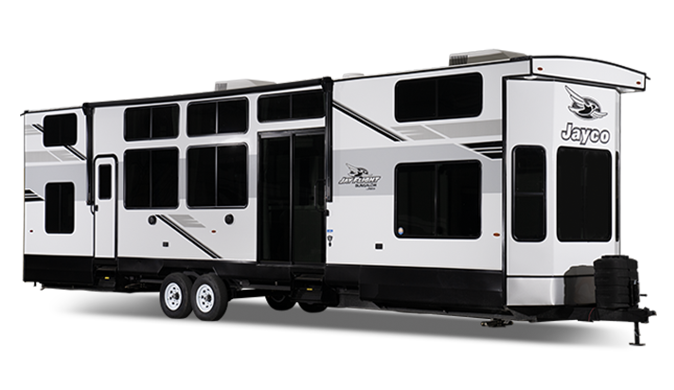
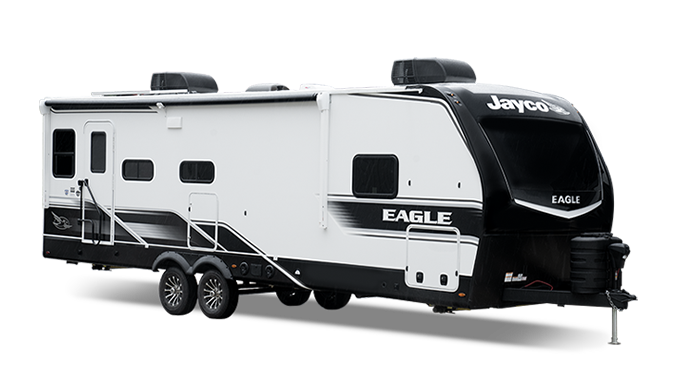
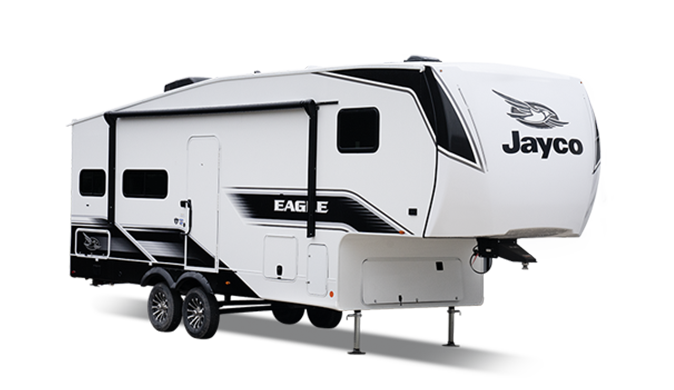
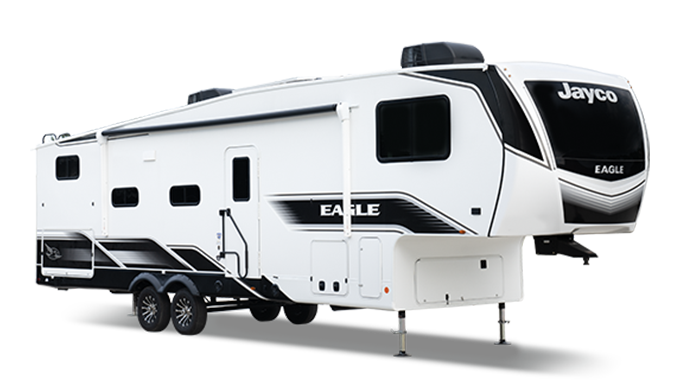
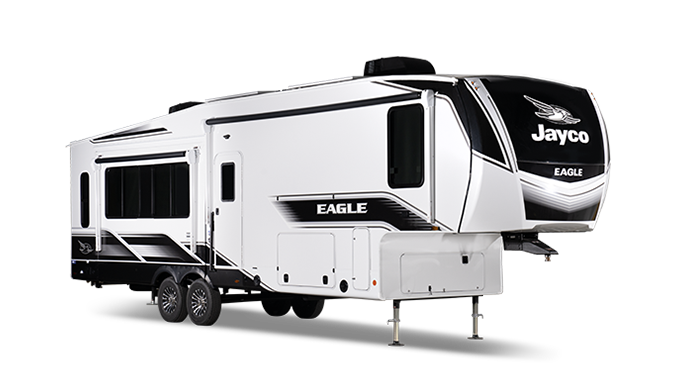
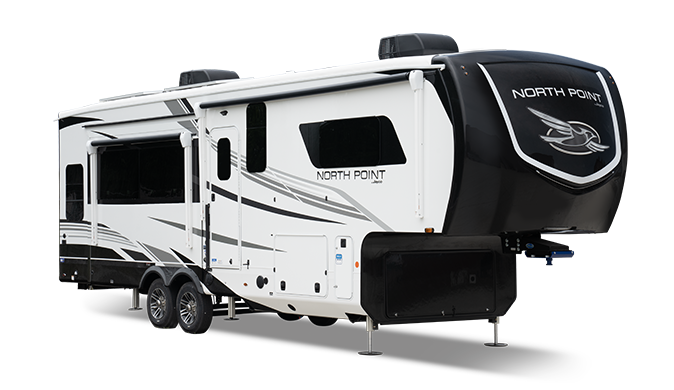

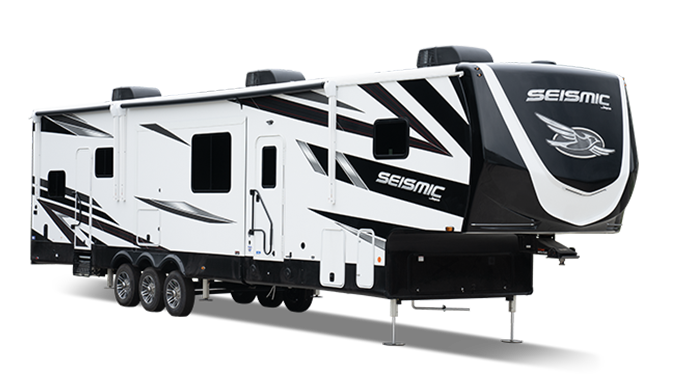
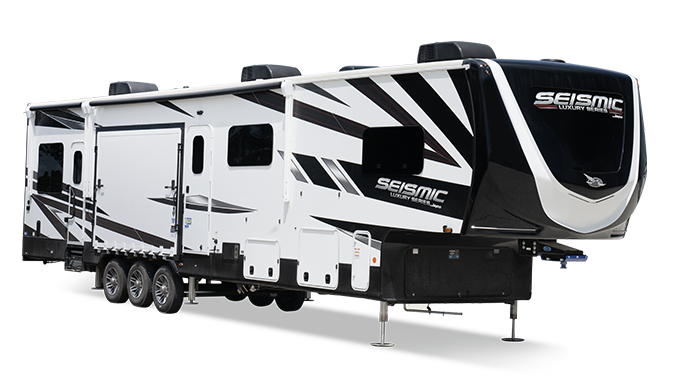
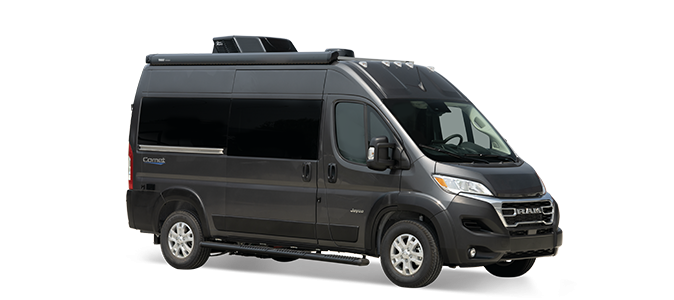
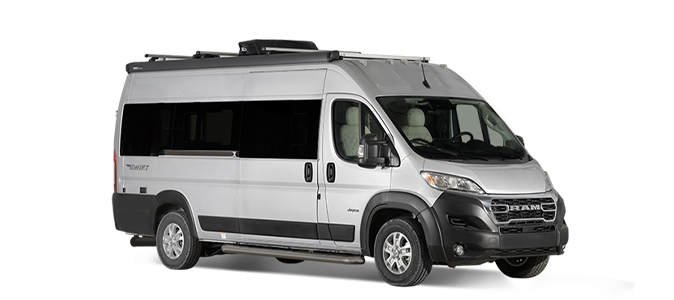
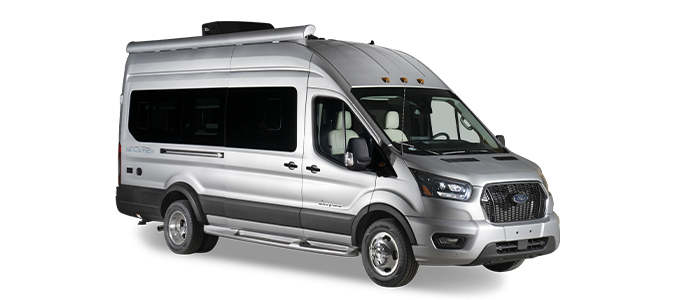
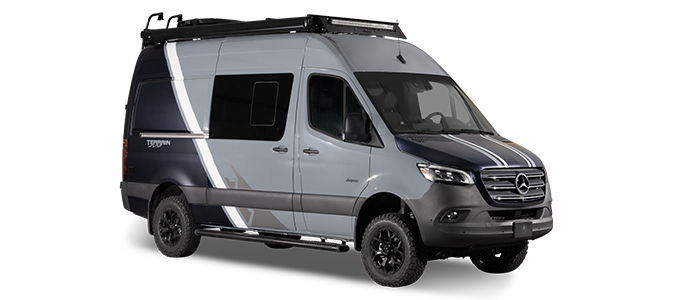
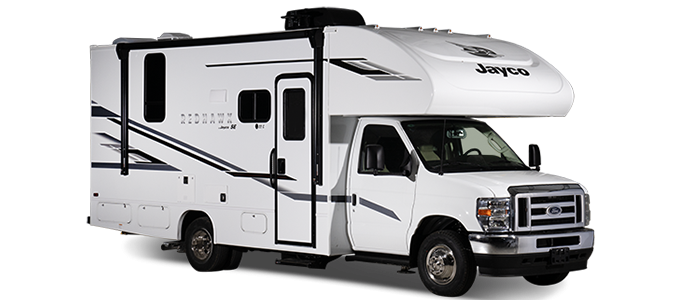

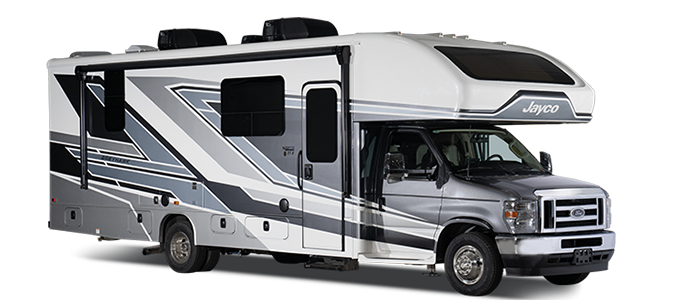

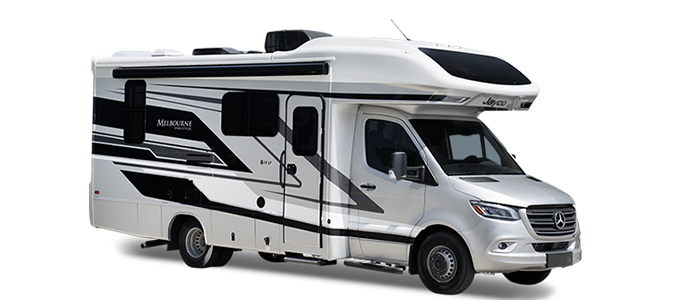

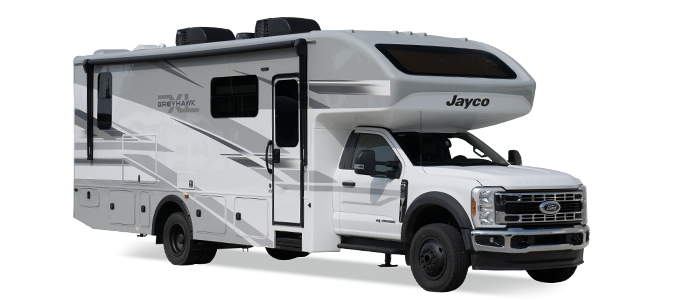
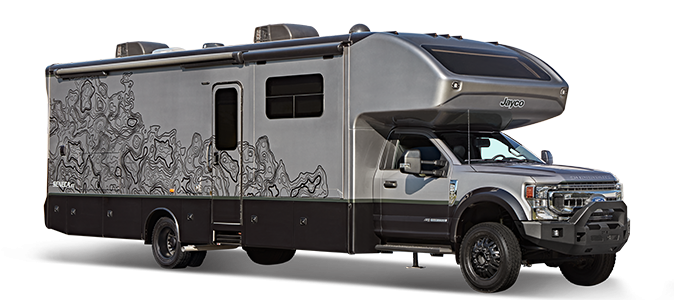
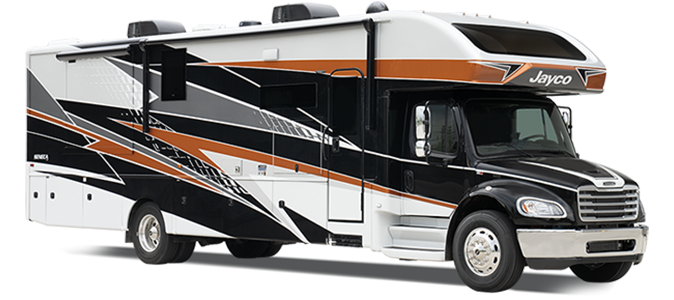
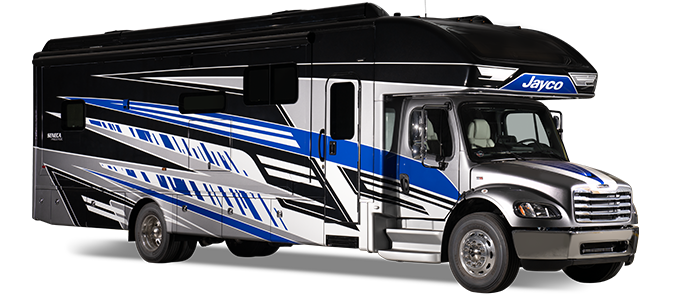
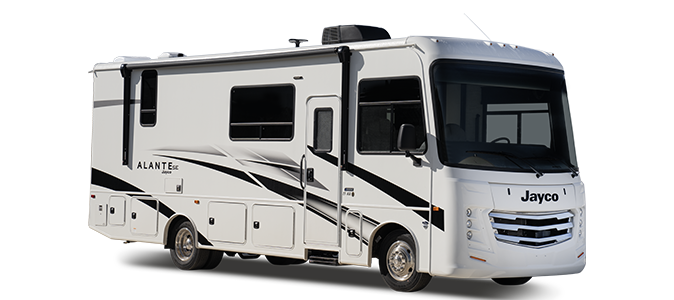
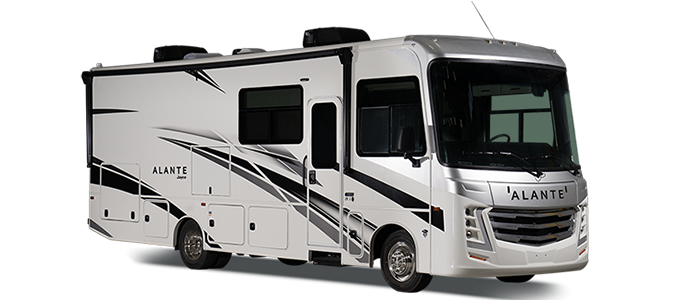

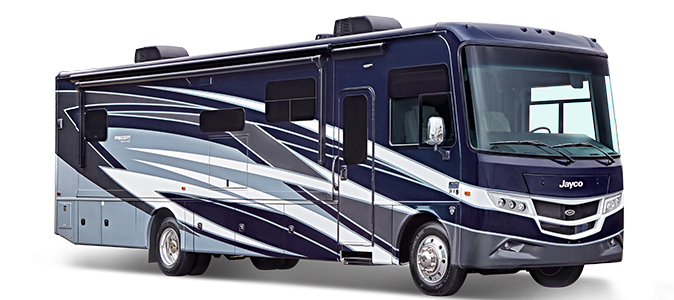


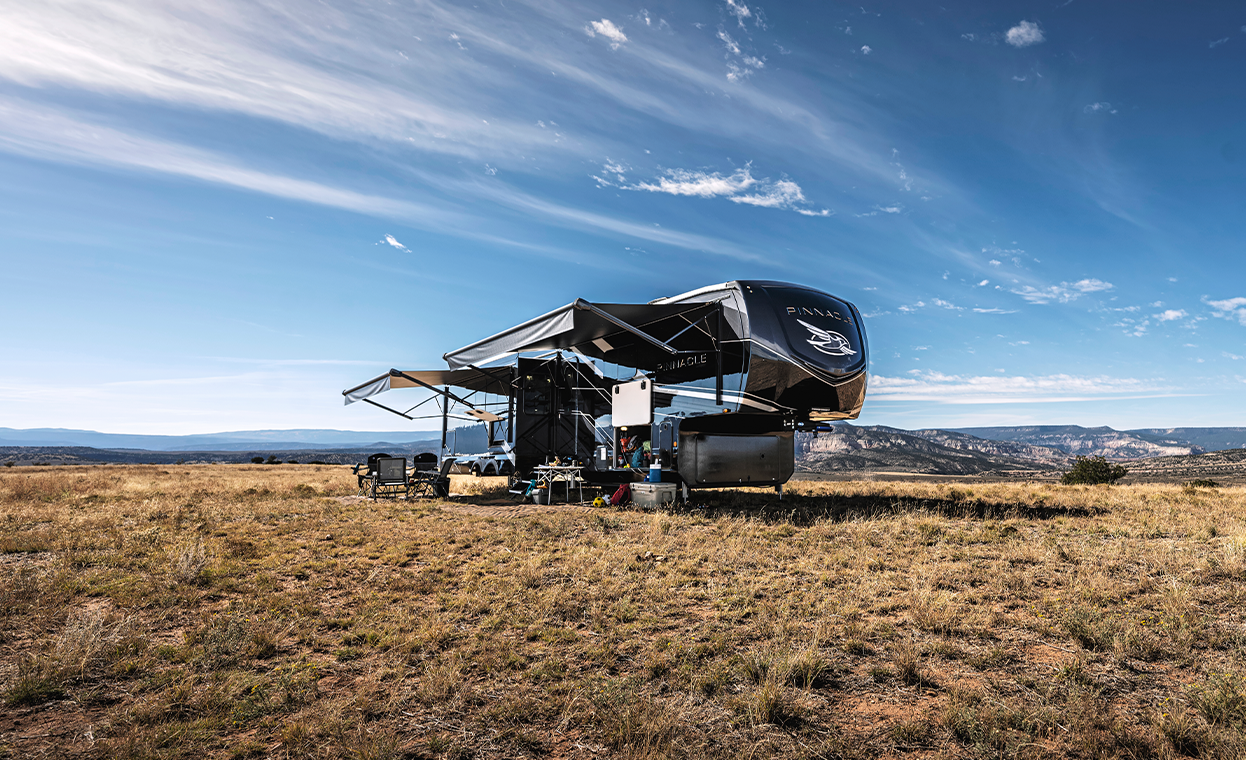
.png)
.png)
.png)
